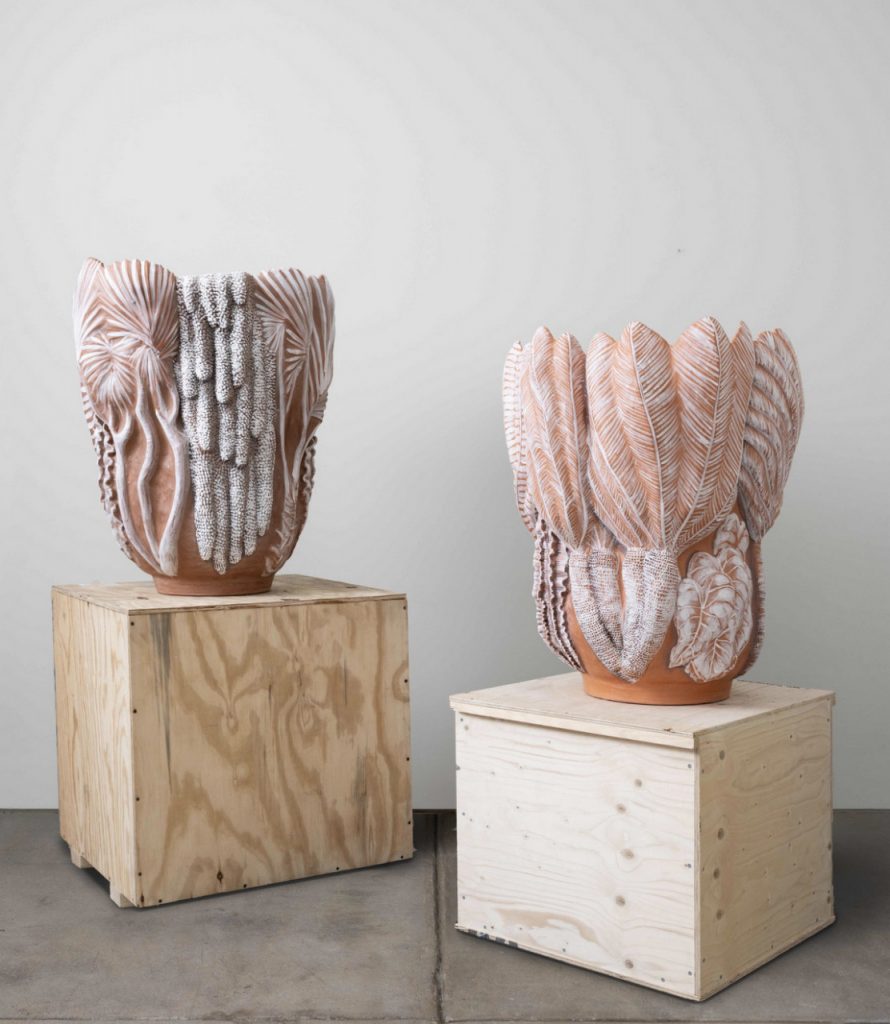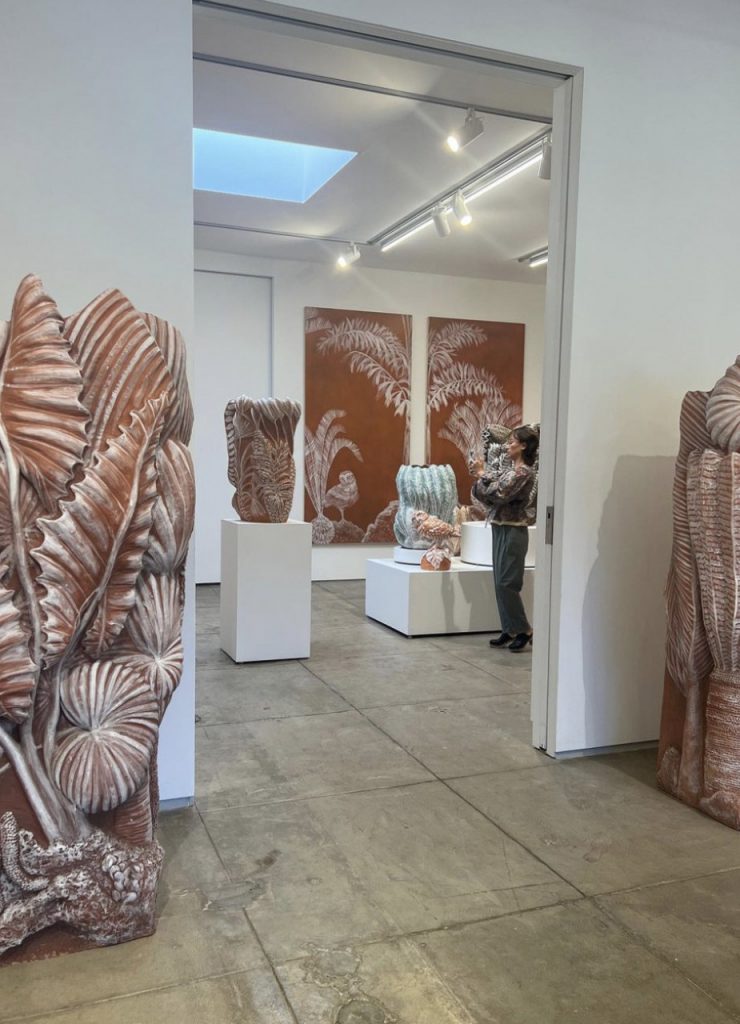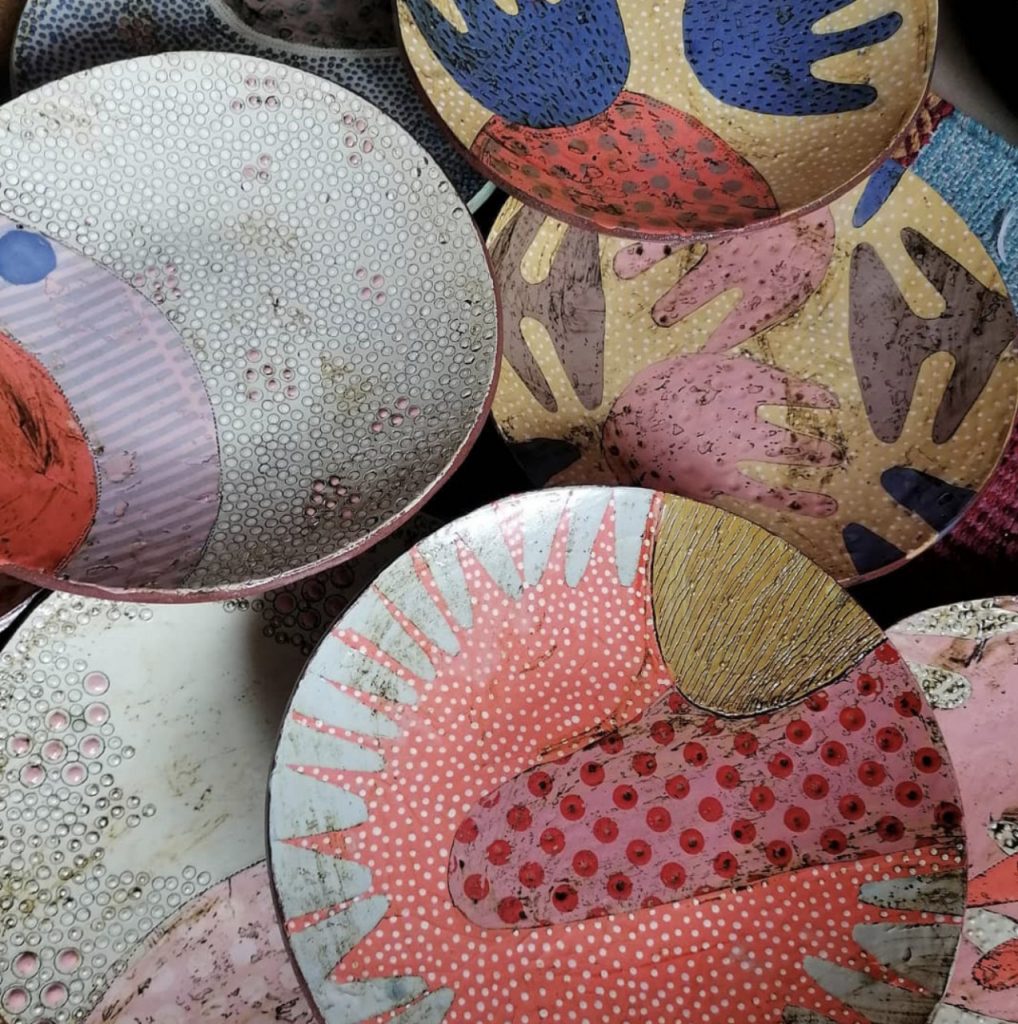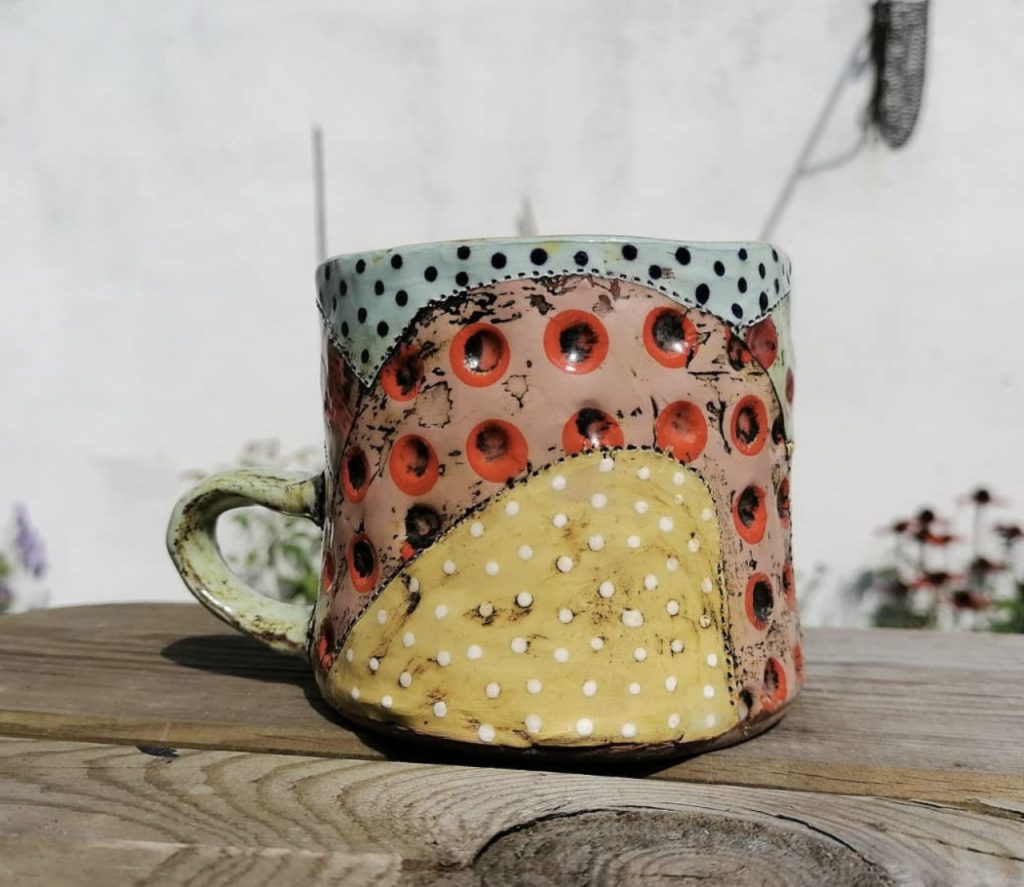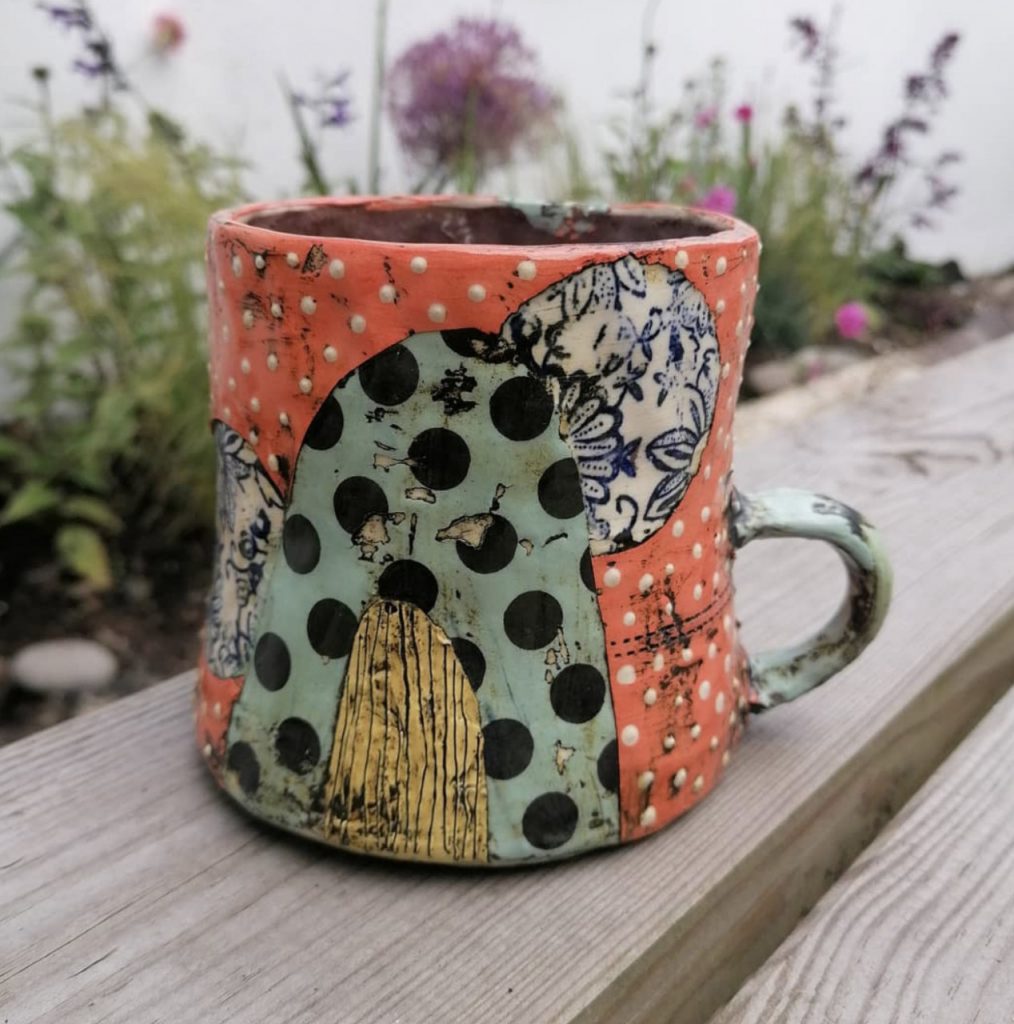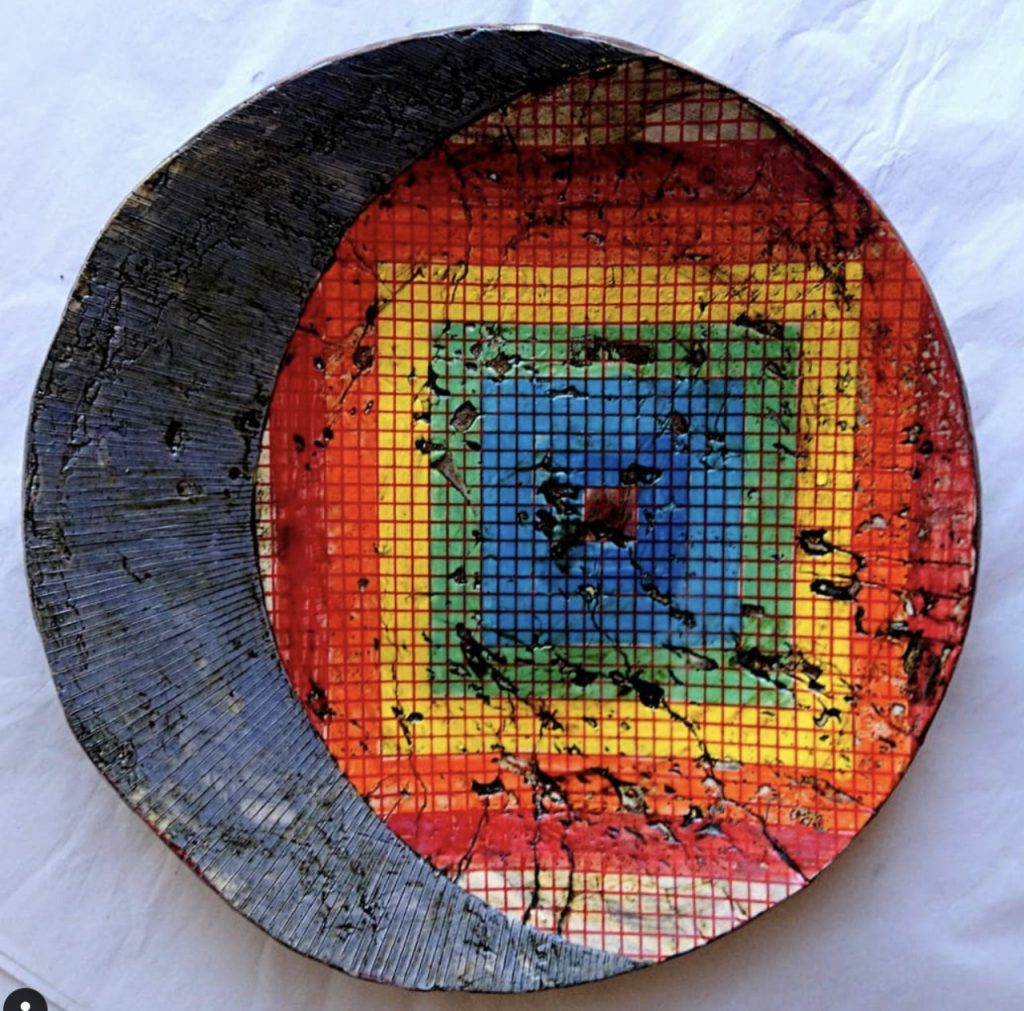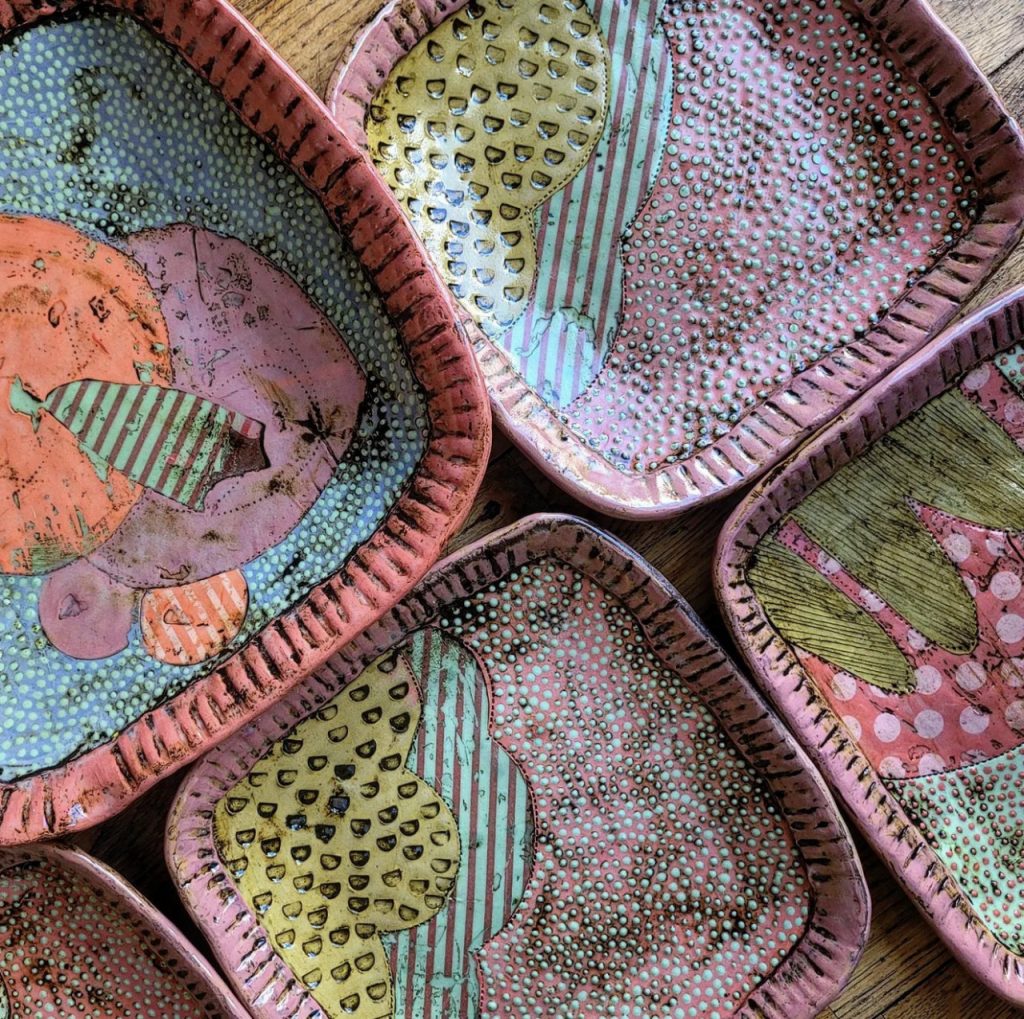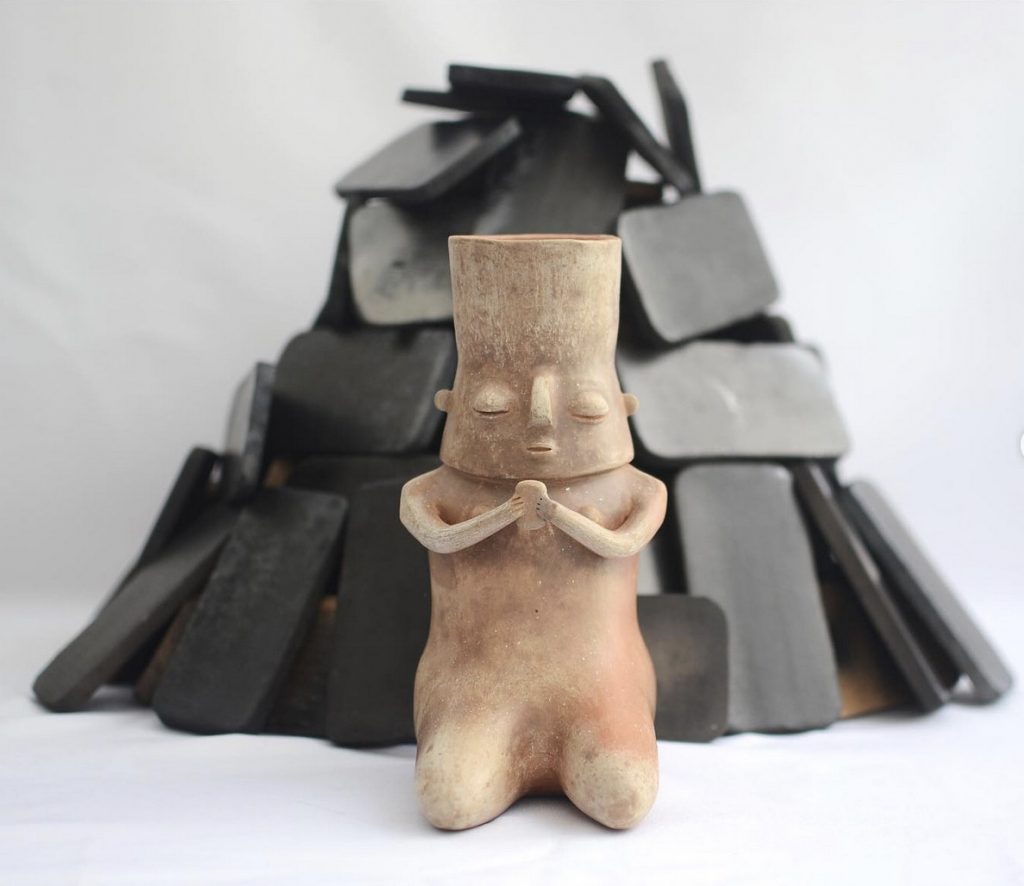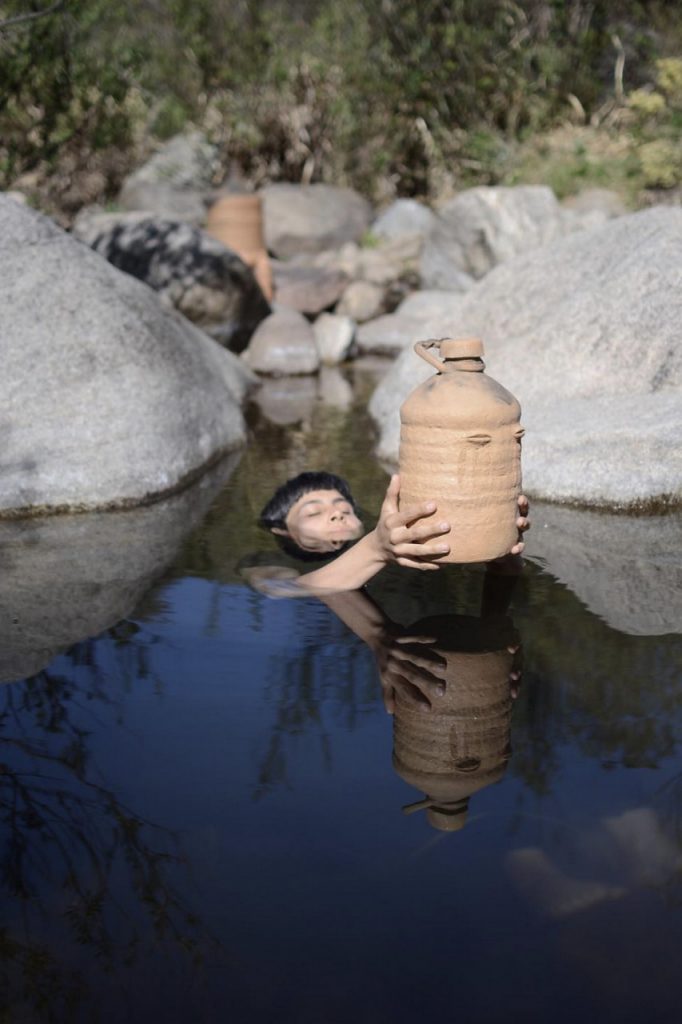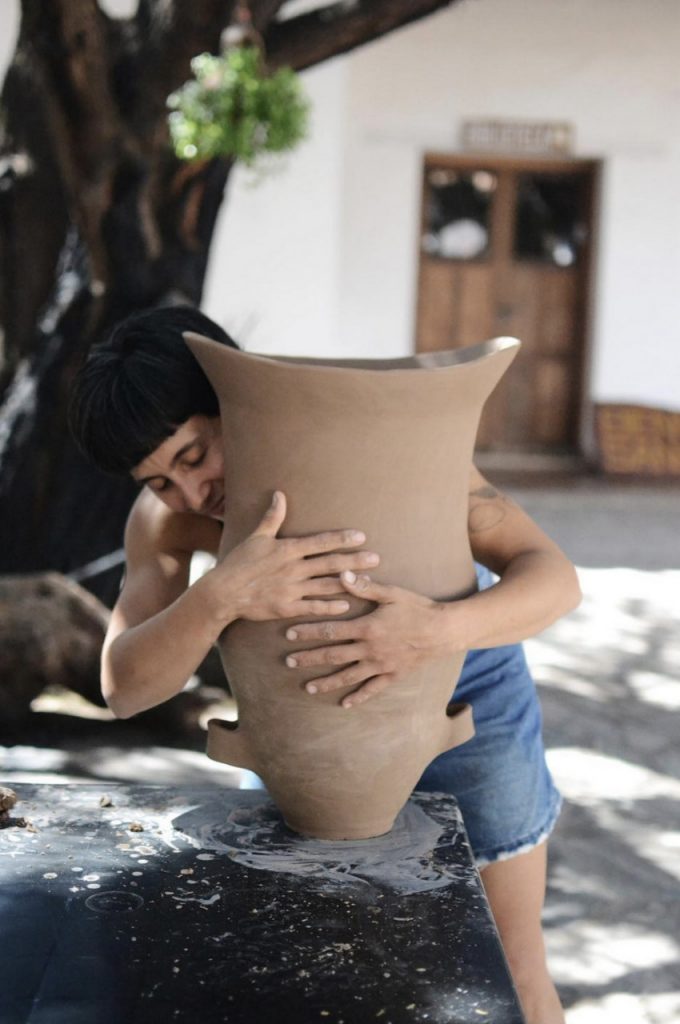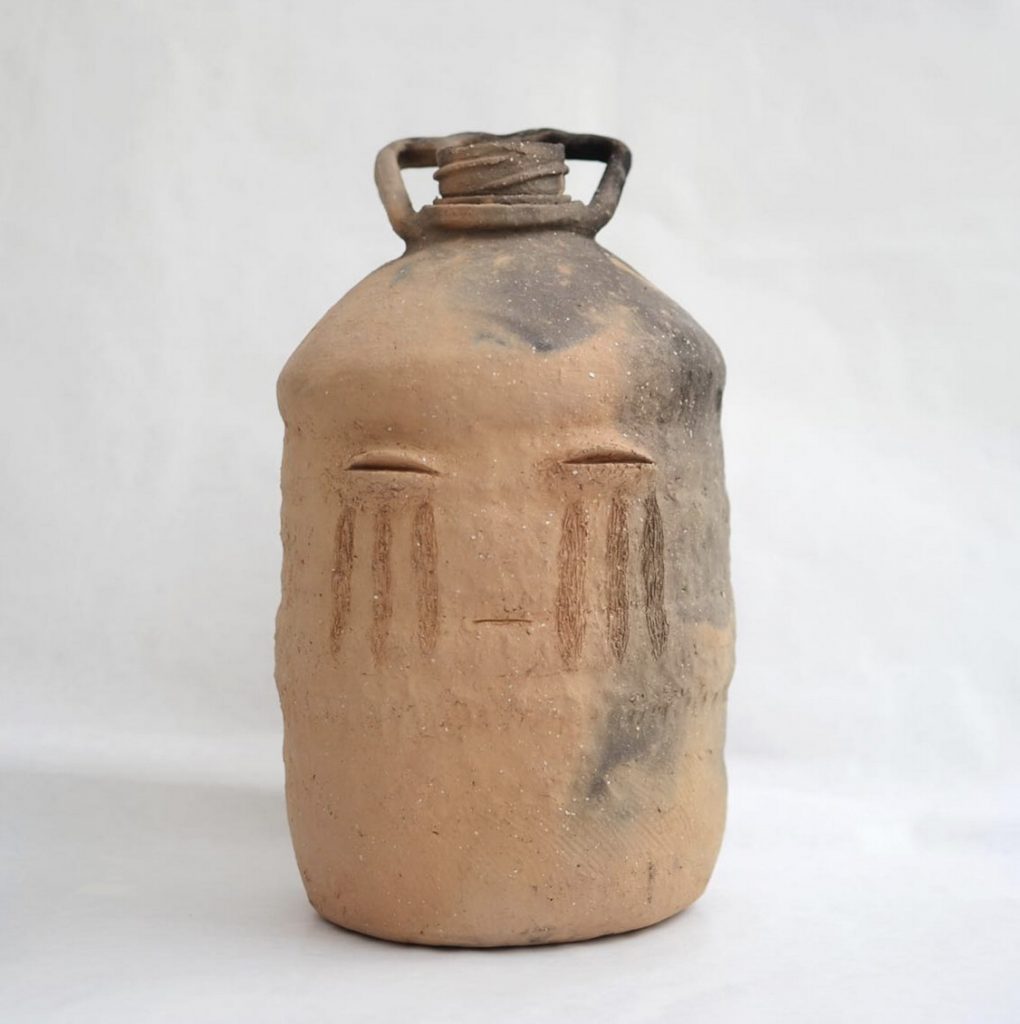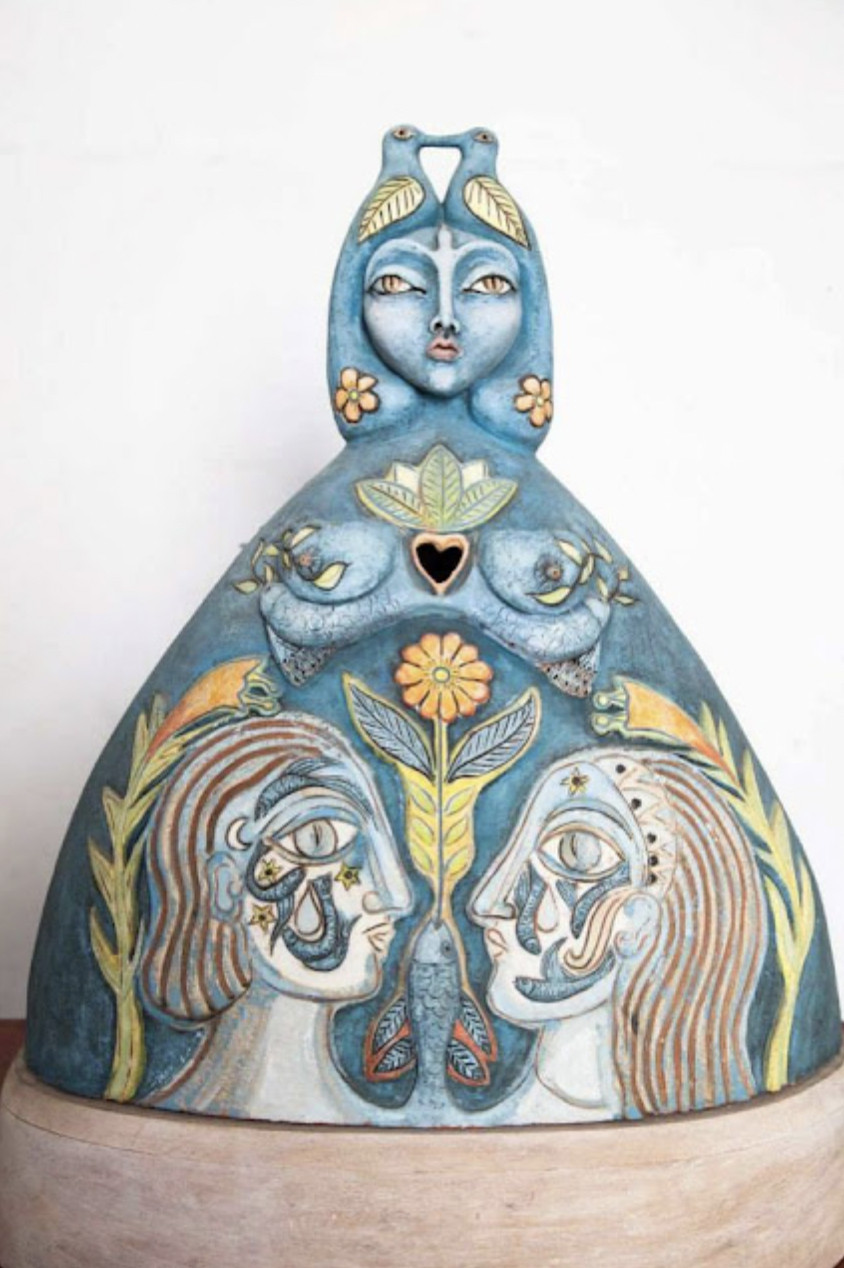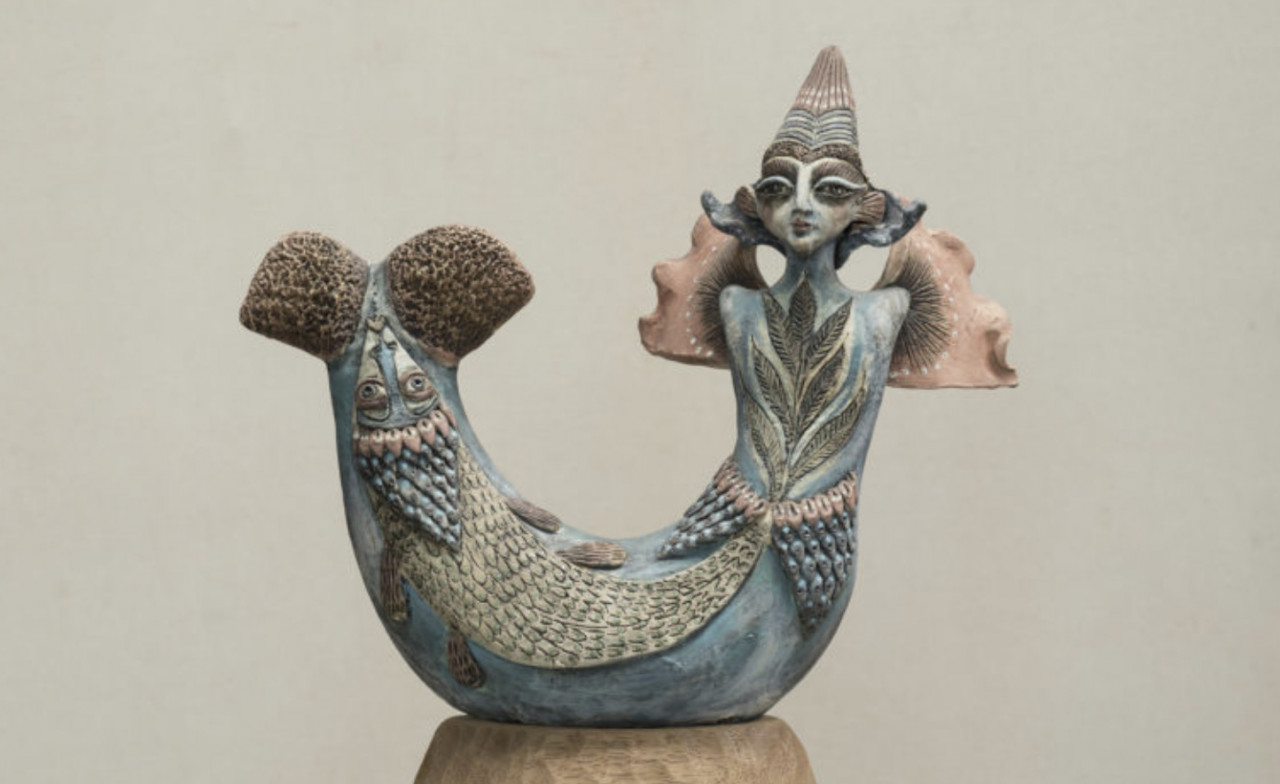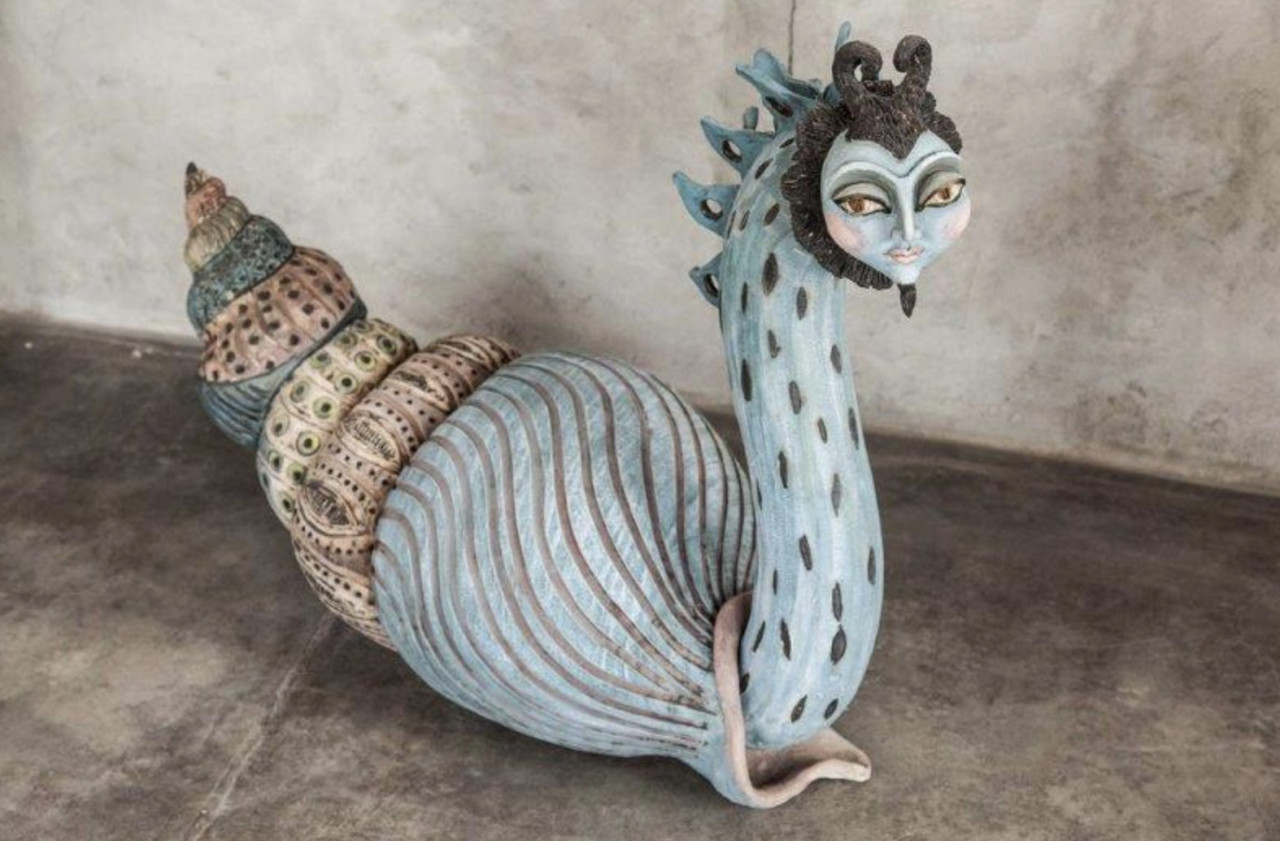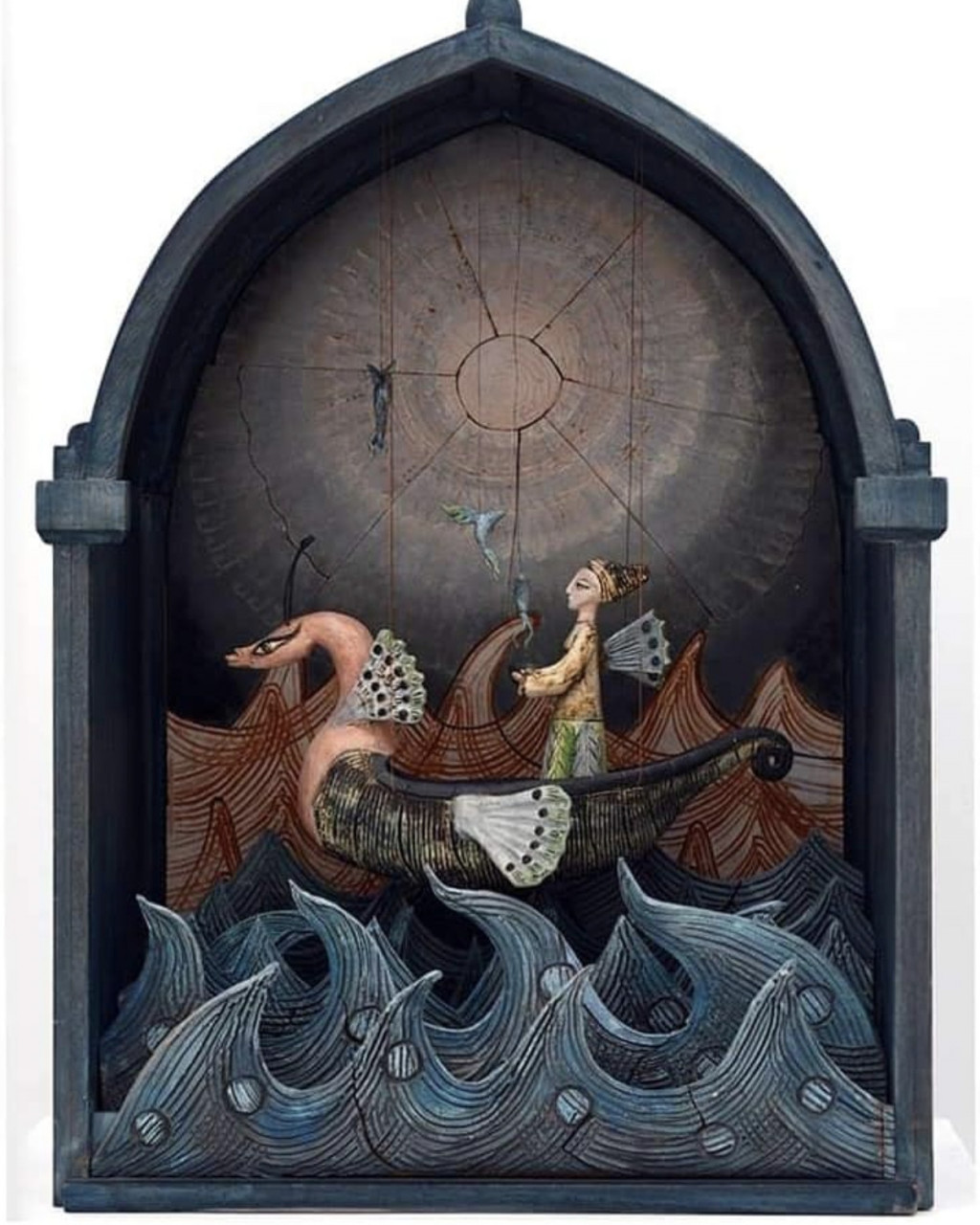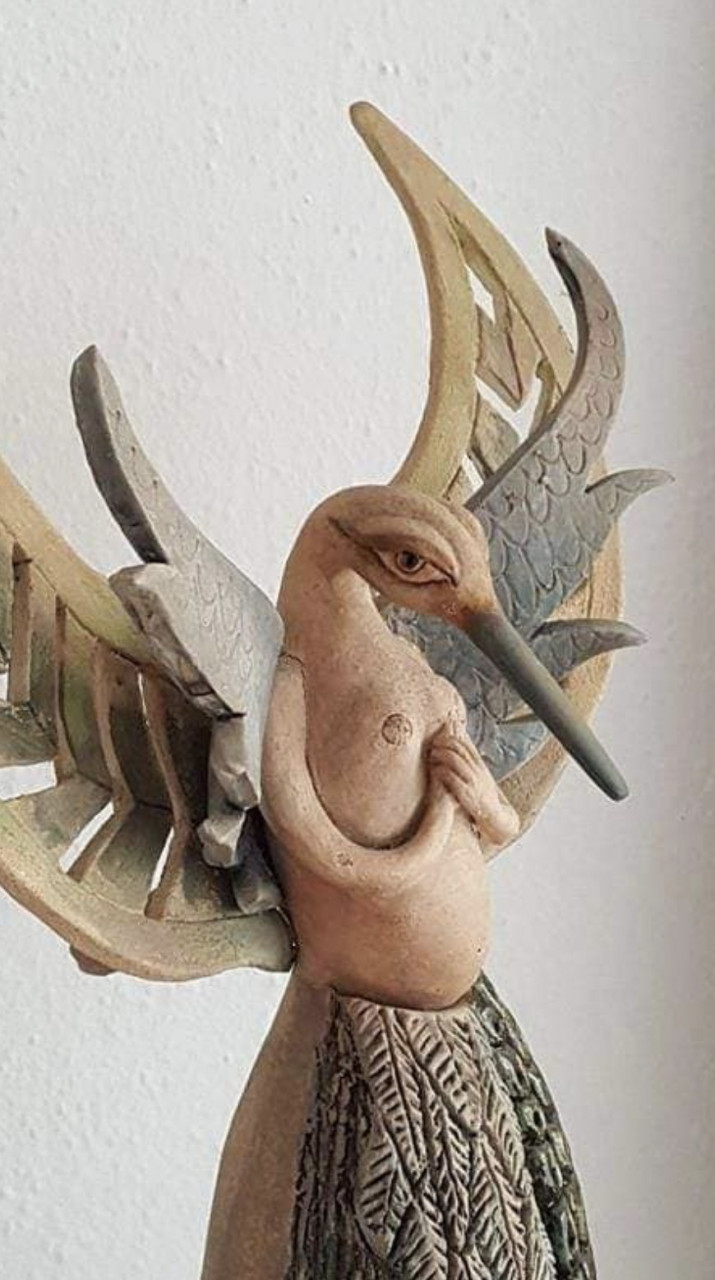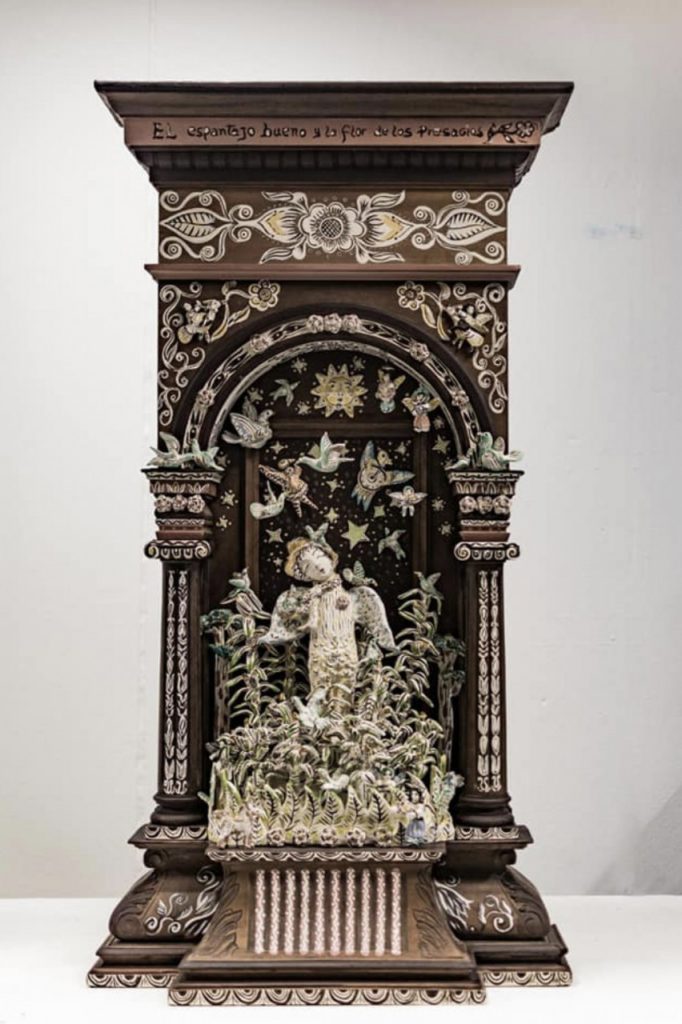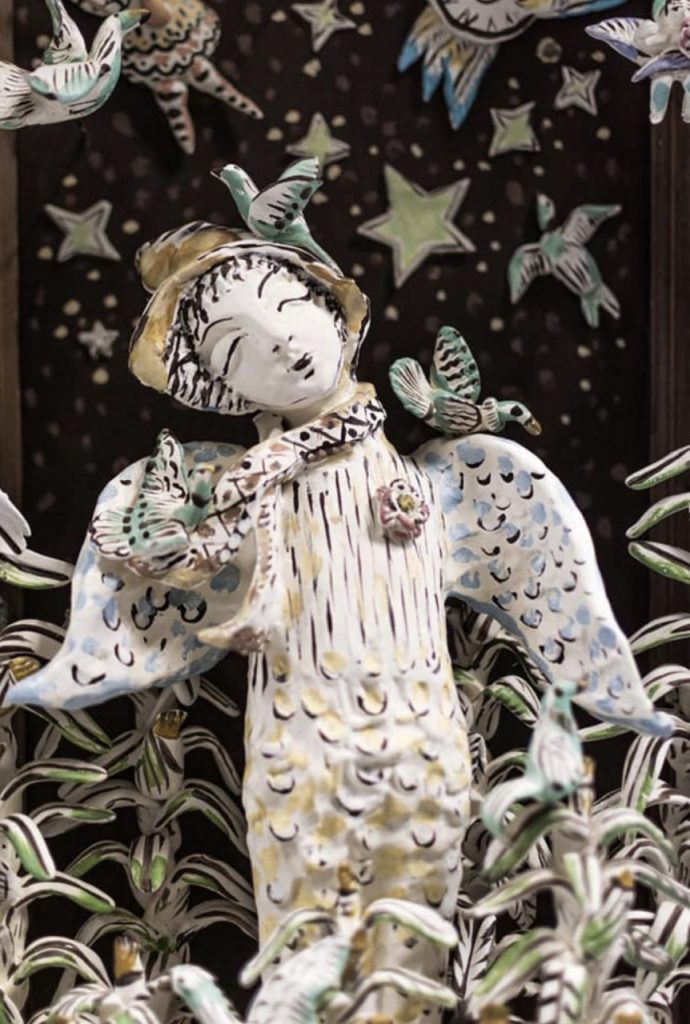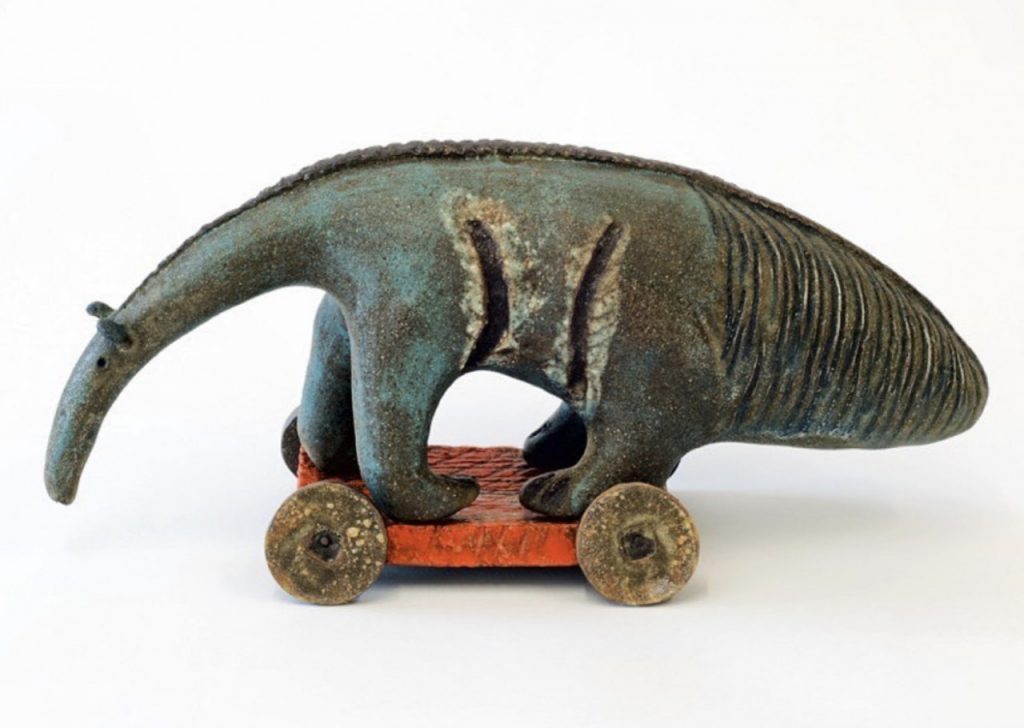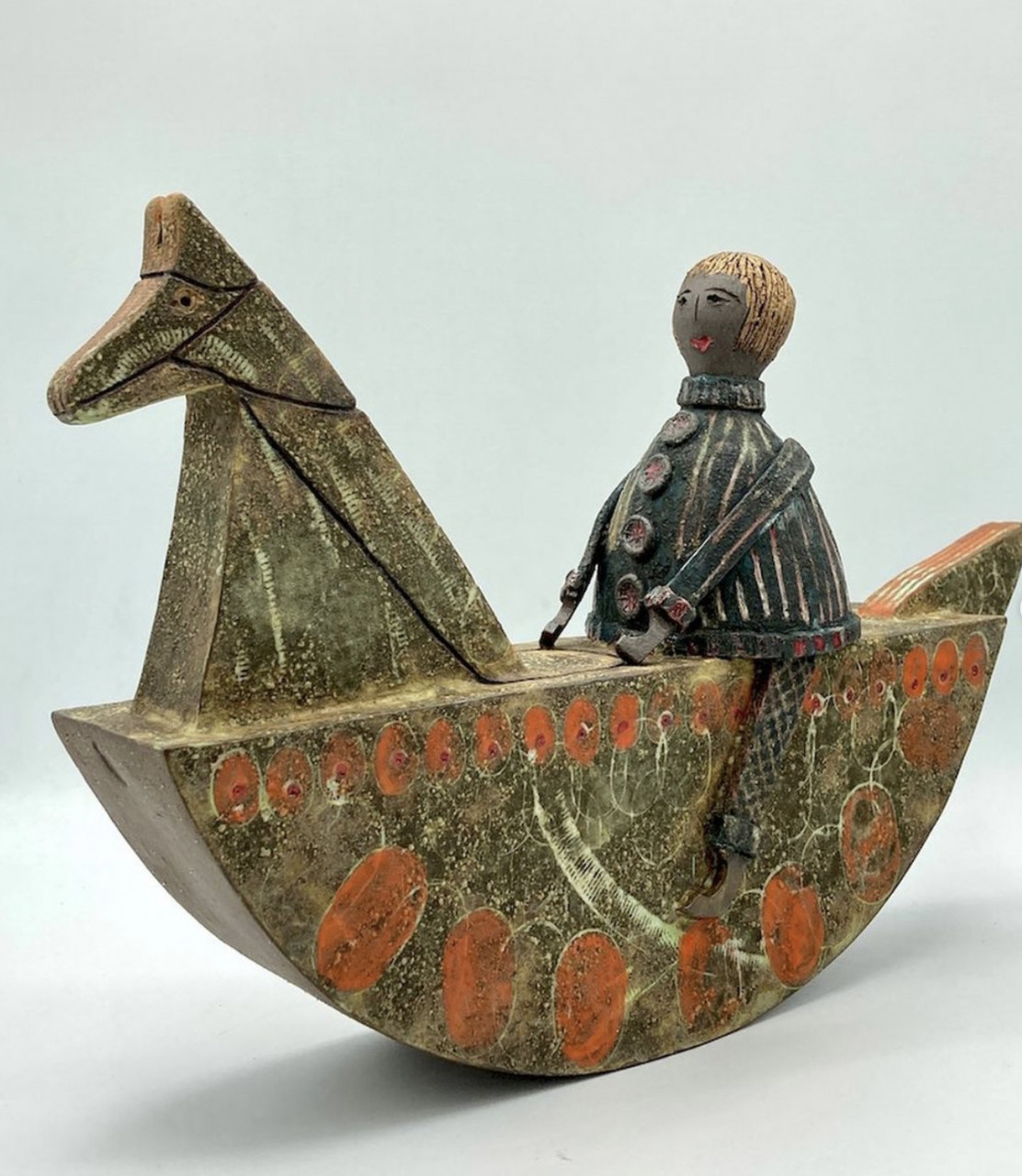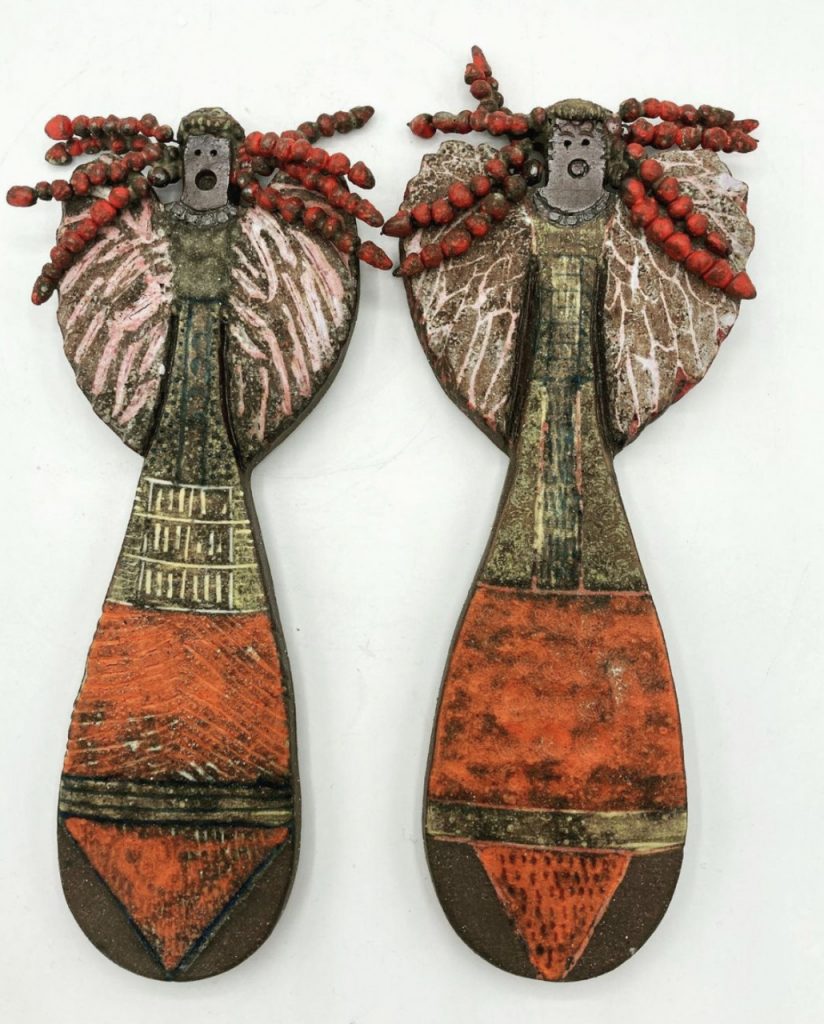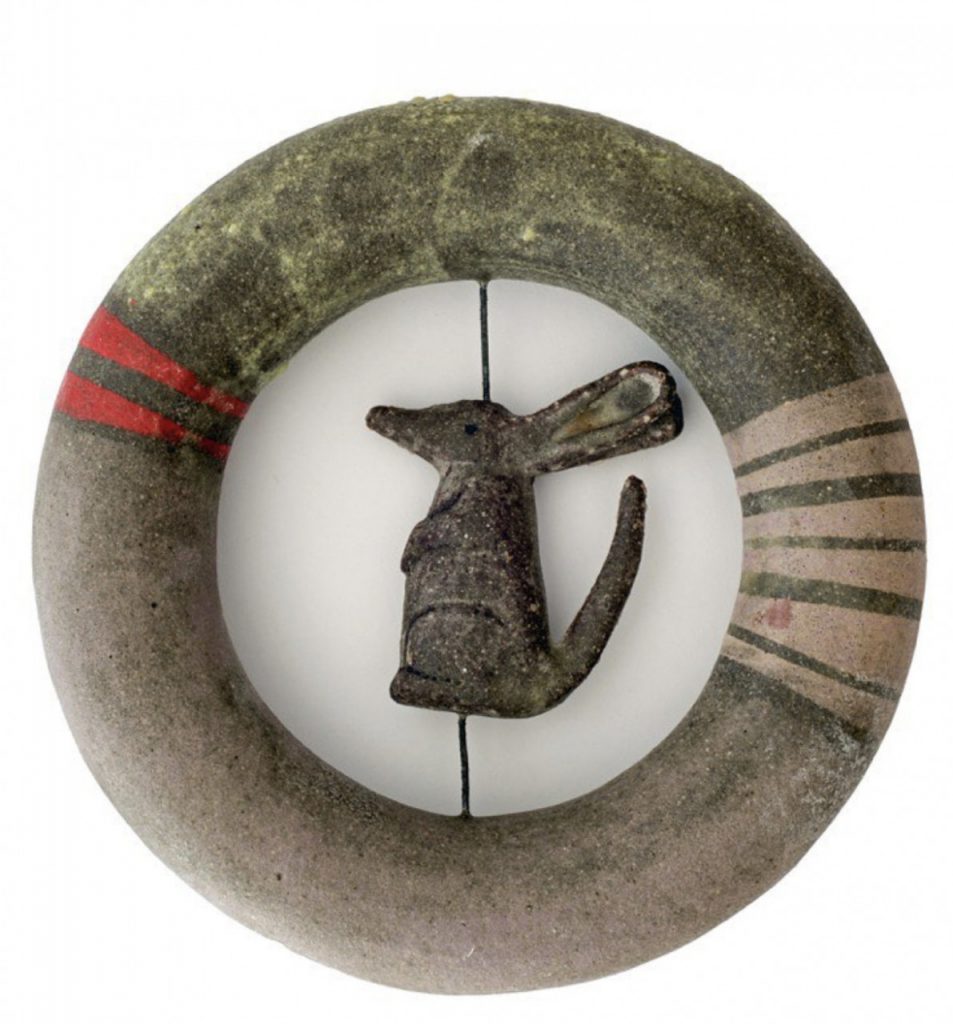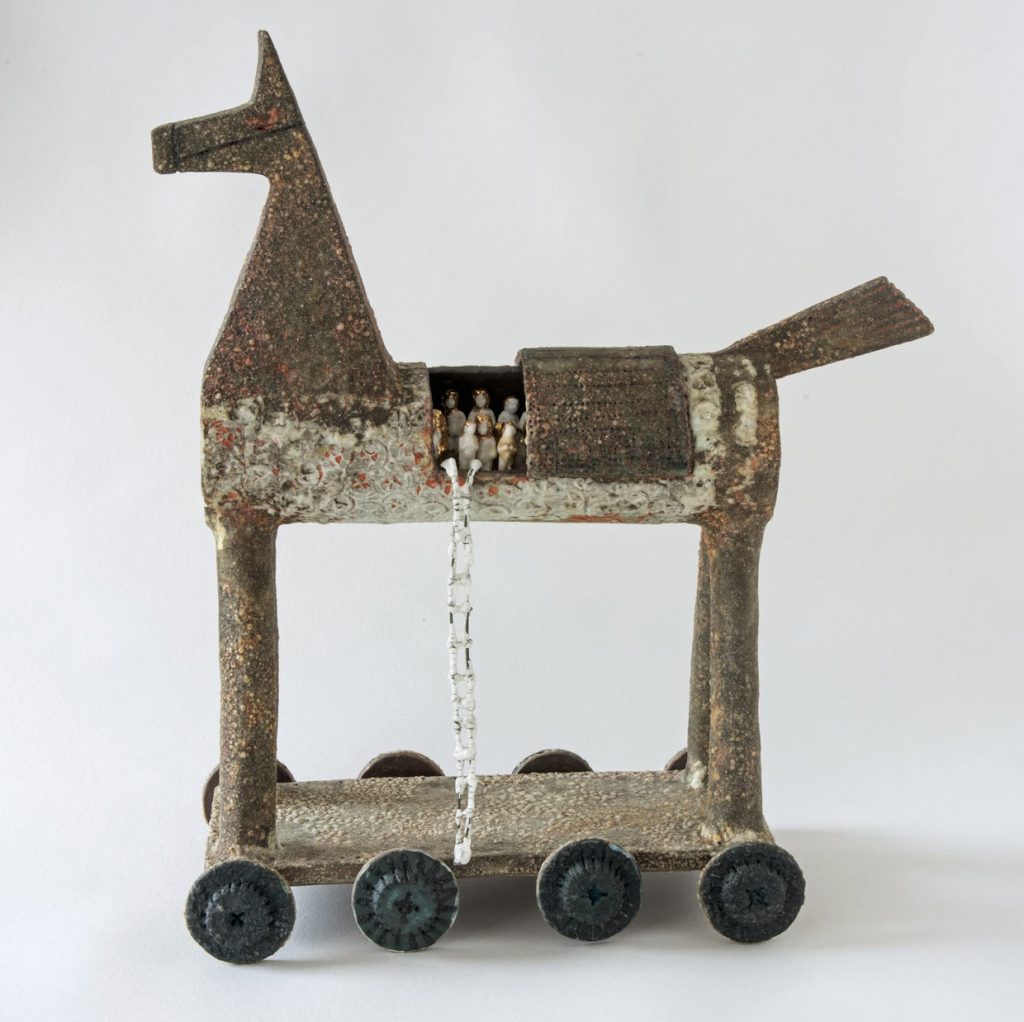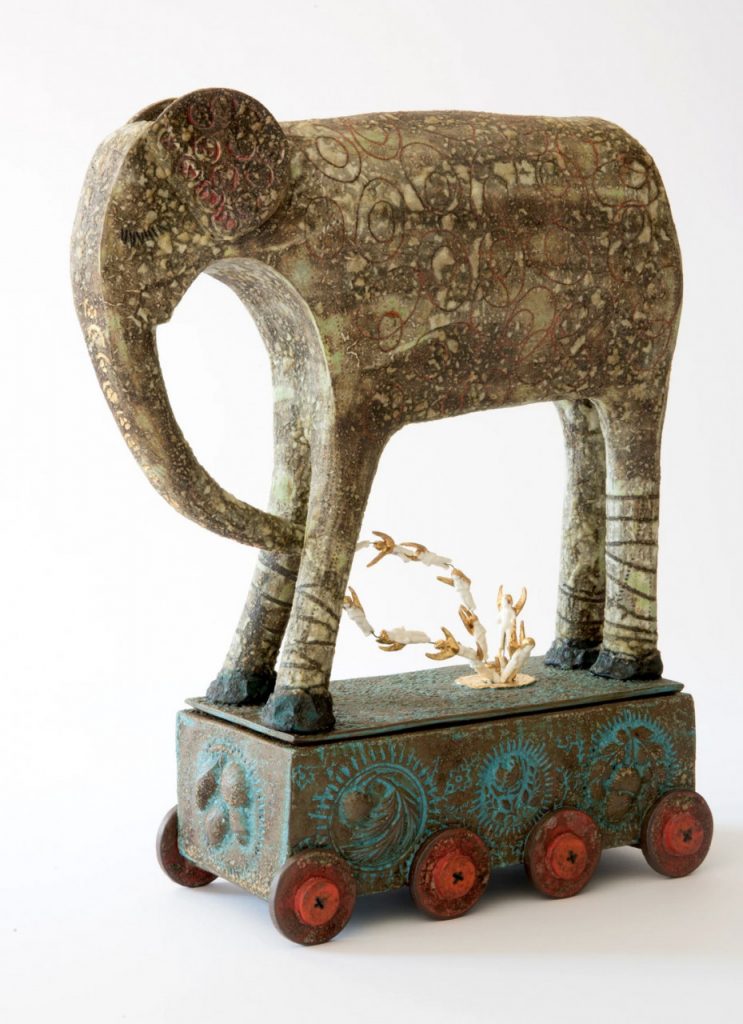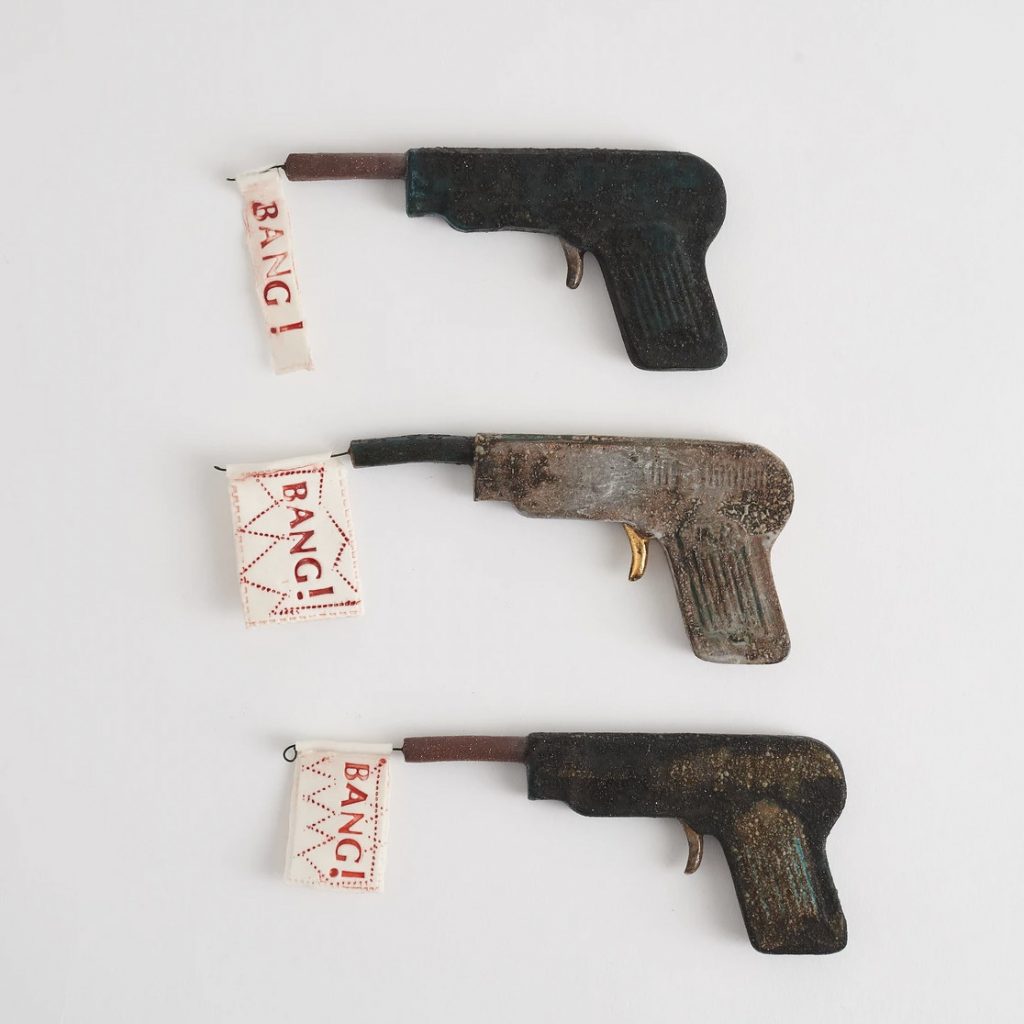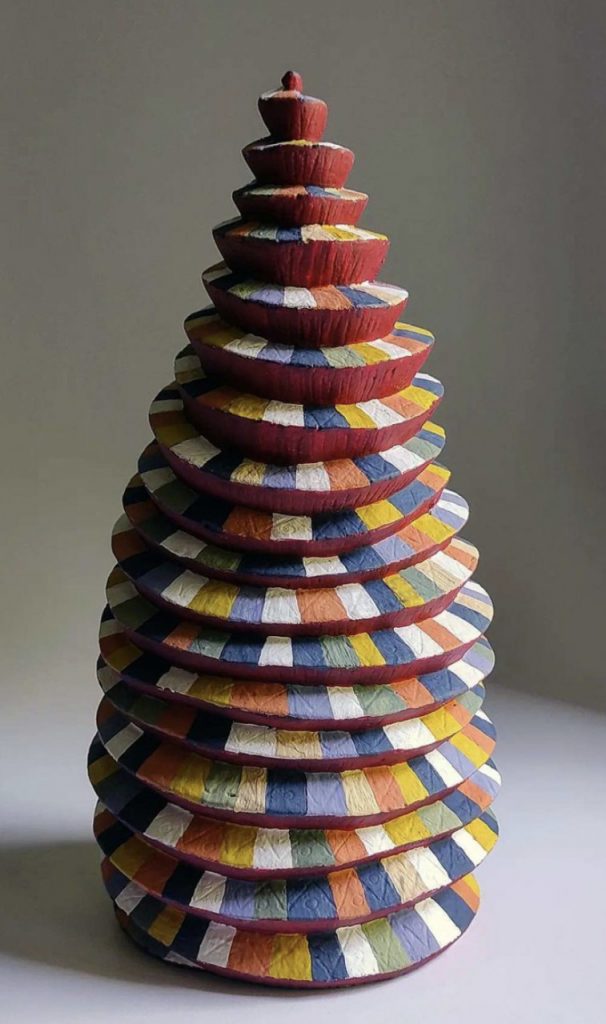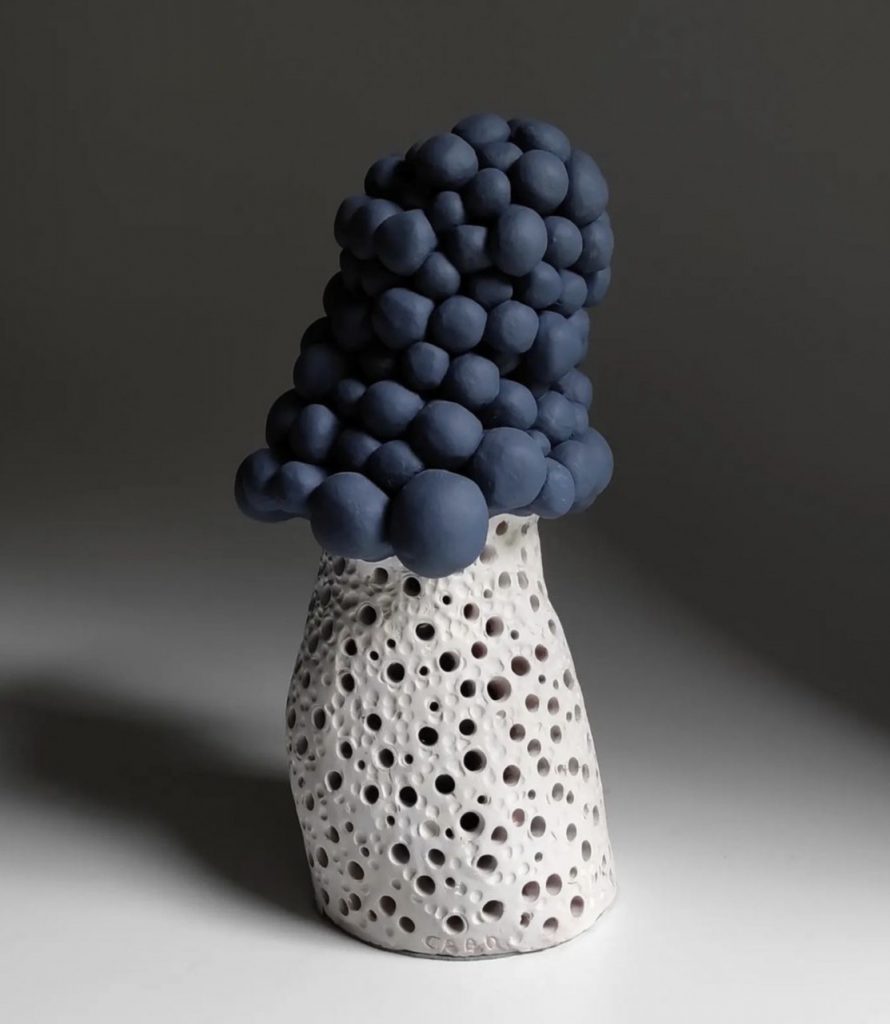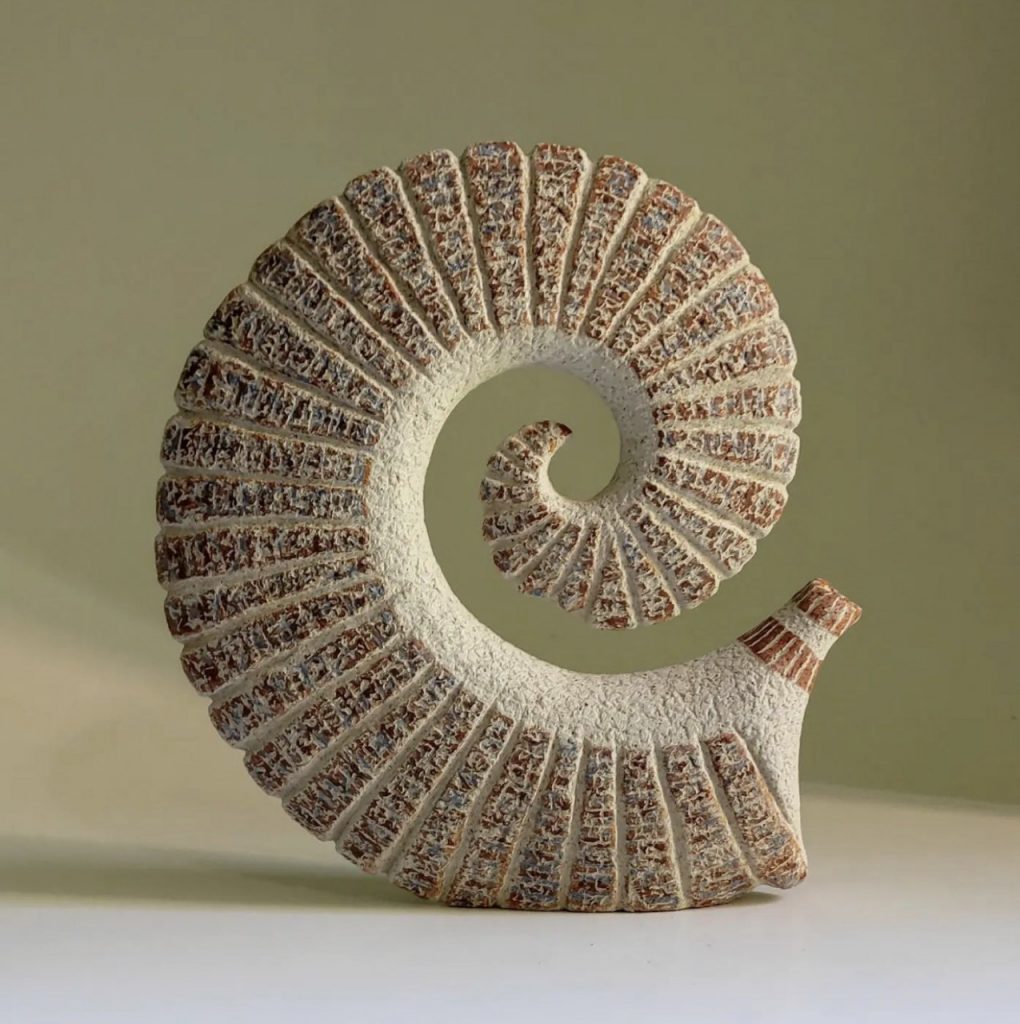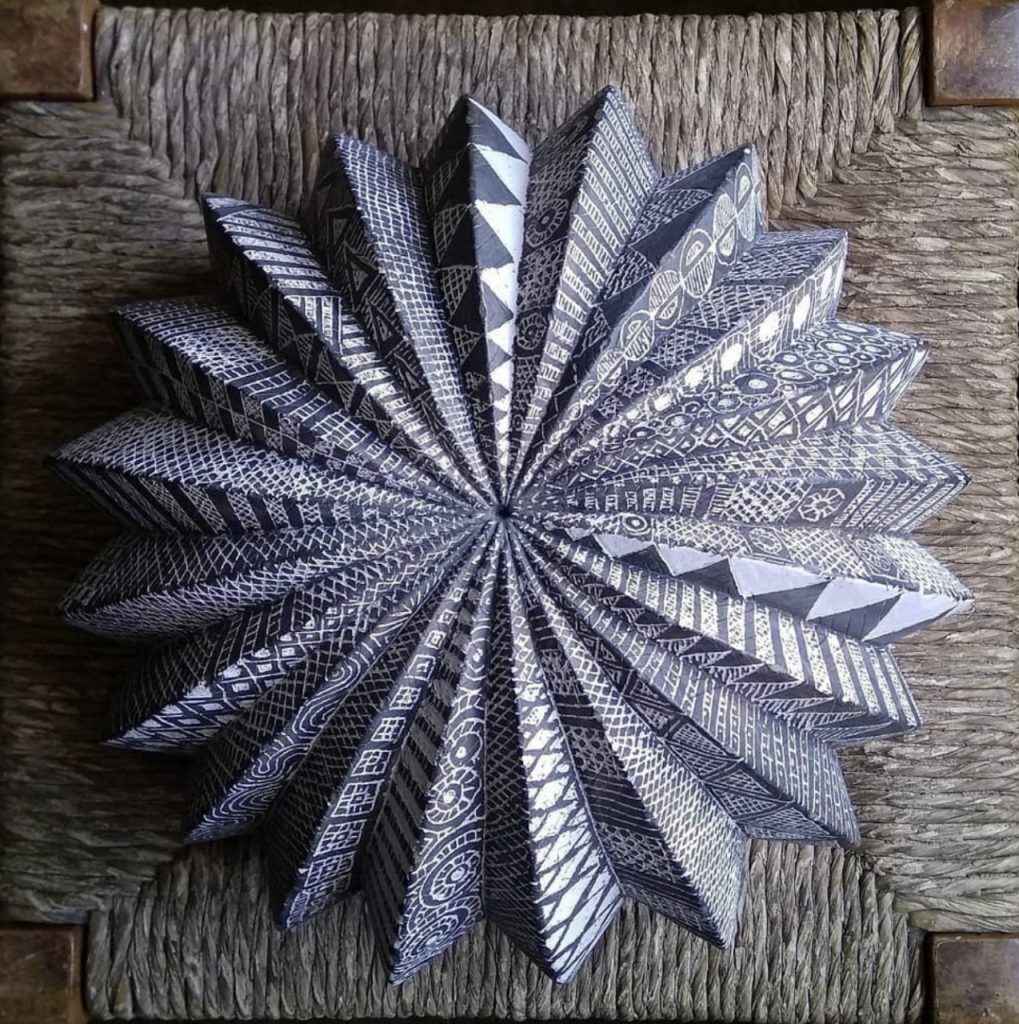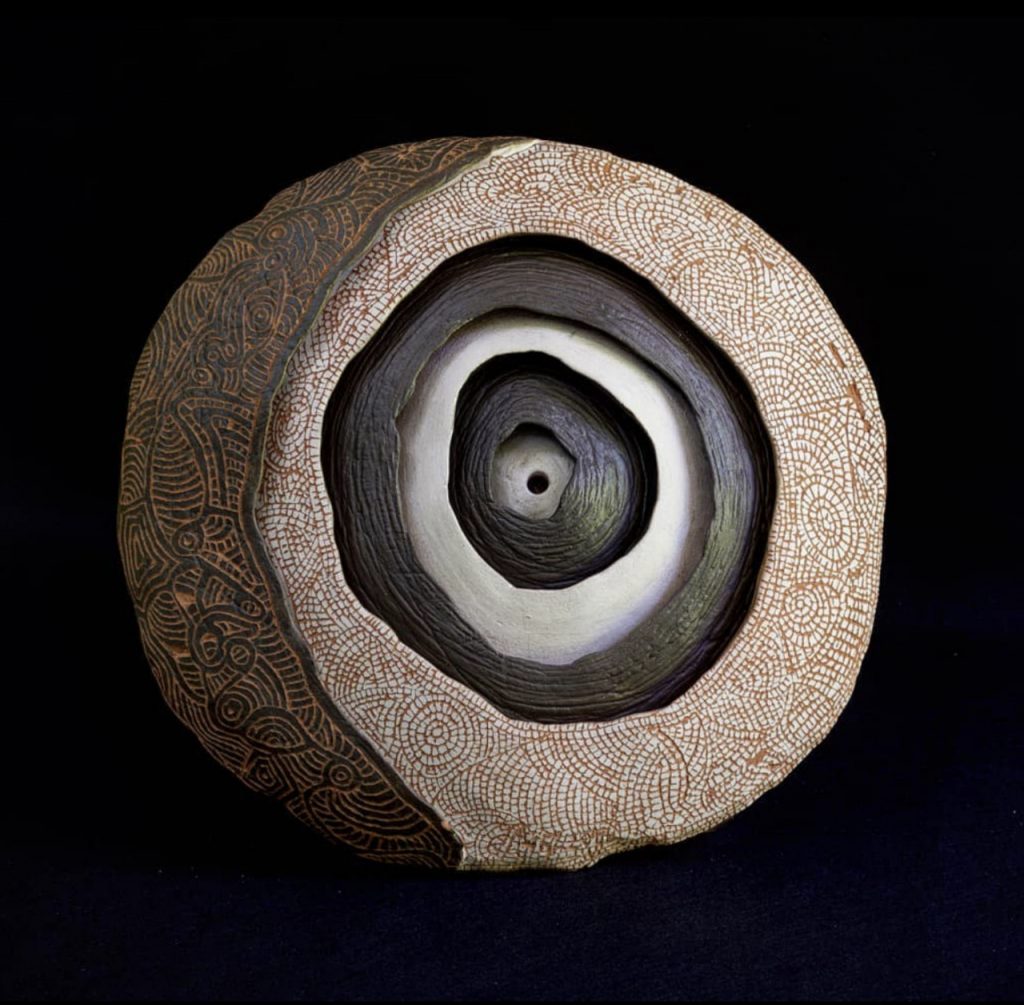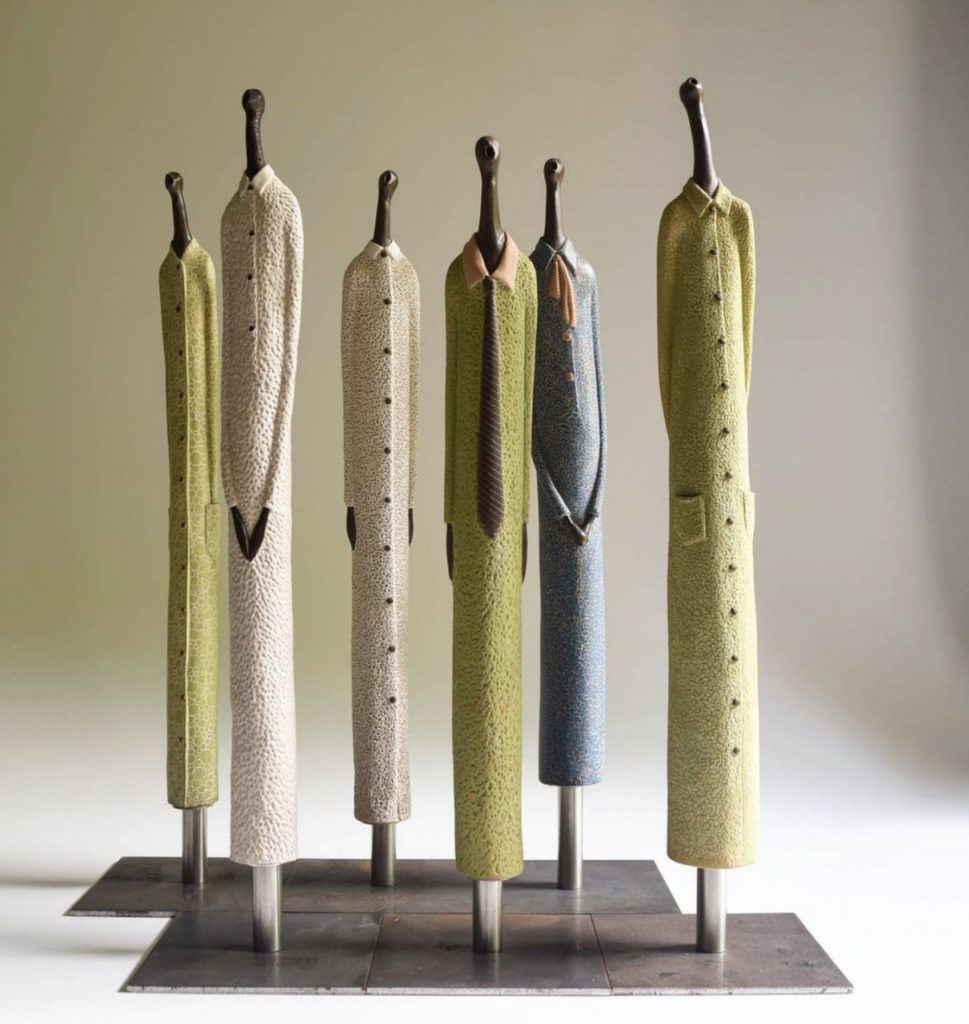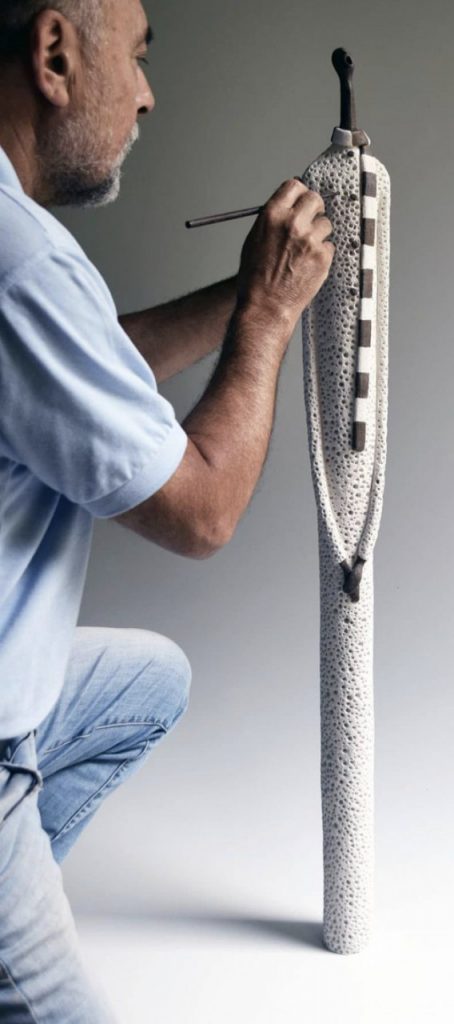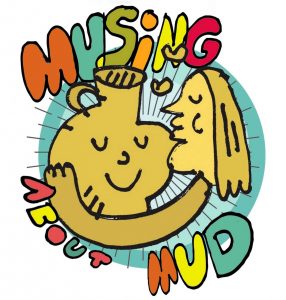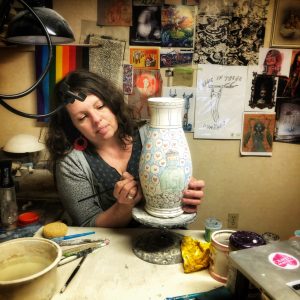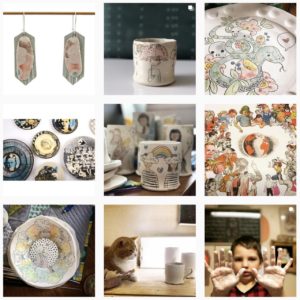monday morning eye candy: MyungJin Kim: Hortus Talisman @ Hostler Burrows
Hostler Burrows and Ago Projects are pleased to announce MyungJin Kim: Hortus Talisman, a solo exhibition presented in Hostler Burrows’ Los Angeles gallery at 6819 Melrose Ave. The artist will be in attendance for an opening reception on September 22, from 6 to 8 pm.
In this current body of work, Kim sculpts organically shaped bas-relief clay vessels in warm, earthy terracotta. While the themes in her work are archetypal, the artists filters and distills information from her immediate surroundings and cultural history as poignant subject matter in her art. Her narrative vessels depict a primal botanical landscape inspired by the Jurassic era vegetation in her garden and around Los Angeles. For the exhibition, she has created two of her most monumentally scaled works to date, each standing over six feet tall.
Deeply embedded in Korean culture is the shamanistic practice of strategically placing symbolically meaningful paintings, drawings and special objects in the home or temple as talisman for protection. The gallery installation engages this symbolic practice. Kim has covered the walls with paintings of ancient plants from her garden, enveloping her ceramic sculptures within the space. In using the same visual language as the vessels, Kim’s murals transform the architecture of the room, evoking the immersive environment of her own garden.
Kim has long been interested in painting styles from both the East and West. Korean “Minhwa” are mysteriously beautiful Chosun dynasty folk paintings which have been influential in her practice. In particular, 19th century “Whajodo” are symbolic folk paintings that include landscapes with lush flowers and pairs of birds who are “mated for life”. They offer the promise of prosperity, longevity and happiness.
MyungJin Kim (b. 1975, South Korea) received her MFA in ceramics from Seoul National University in 2002, after which she moved to Los Angeles. Kim has been an artist in residence at the prestigious Archie Bray Foundation on numerous occasions from 2011 to 2018. She currently lives and maintains a studio and garden in San Pedro, CA. Kim’s work is included in the Jordan Schnitzer Museum of Art, Eugene, OR; Archie Bray Foundation Collection, Helena, MT; Pizzuti Collection, Columbus, OH; Sonny Kamm Teapot Collection, Los Angeles, CA; as well as numerous private collections across the United States.
www.hostlerburrows.com/exhibitions/myungjin-kim-hortus-talisman

